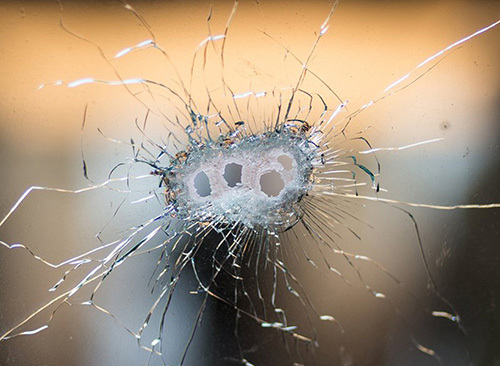Active Shooter Training
Healthcare Active Shooter Response Training
Most active shooter incidents happen without warning and are over in 10 to 15 minutes or before help, such as law enforcement, typically gets to the scene. While healthcare professionals are uniquely qualified to provide the emergency medical response for injuries, active shooter situational awareness and response can help save lives by avoiding injuries altogether. With AVIRT, healthcare professionals learn the essential lifesaving tactics that can help save themselves and others during moments of immense trauma.
Take our 3-Minute Readiness AssessmentWhy is Active Shooter Response Training Important?
As a healthcare worker, you face unique challenges when an unthinkable scenario of active violence occurs in your facility. As more active shooter incidences occur, everyone working in the facility, hospital, or office needs effective response training. This training teaches: How to be aware of your surroundings and to look for warning signs, Reactionary techniques and how to decide whether to escape, evade or attack.
Proper use of bleeding control kits regardless of prior first aid training.
Learn More Find An Instructor Course
Stop the Bleed
No one wants to think about impending danger, but it is essential to know that active violence can happen anywhere to anyone, so it’s important to be prepared. When you enter a building, mark the exits, and have a quick exit plan in your mind. Also, be aware of the people around you and note any unusual behavior.
Your response to an active shooting incident will determine whether you can safely escape the site and the action you should take to protect yourself and others. It is always important to try to escape, but if that’s not possible, the second option is to hide.
You will also learn the mistakes to avoid, such as carrying your belongings when fleeing, which endangers lives.
Download Our Infographic
How to Deal with Injuries
Actions taken during an active shooting incident can significantly determine the number of lives lost. The most critical step is to stop the bleeding of those injured, before the victim bleeds to death.. As healthcare professionals will know, every minute counts when dealing with bleeding.
A single individual’s action can go a long way in preventing death through blood loss. If you take the training, you will learn how to take charge of an active shooting scenario and gain the confidence you need to react quickly.

Healthcare Active Shooter Response Training
As the number of active shooting incidents rises, it is essential to be prepared. We offer active shooting response emergency training to individuals and institutions where your team acquires live scenario preparedness tactics they can use anywhere. Call us today to schedule training.

FAQs
Healthcare professionals work in high-traffic, unpredictable environments where an active shooter incident can occur without warning. This training provides situational awareness, response strategies, and life-saving bleeding control techniques to help protect staff, patients, and visitors in an emergency.
This training equips healthcare professionals with:
-- Situational awareness techniques to recognize warning signs of violence.
-- The ability to assess whether to escape, evade, or take defensive action.
-- Strategies to protect themselves and others in high-risk situations.
While healthcare workers are trained to treat injuries, this training focuses on preventing injuries in the first place. It emphasizes active shooter situational awareness and immediate response tactics that can be applied in life-threatening situations before law enforcement arrives.
During training, healthcare workers learn essential do’s and don’ts, such as:
-- Do: Identify exits and create an escape plan in advance.
-- Don’t: Carry unnecessary belongings when fleeing, as it slows movement and increases risk.
-- Do: Stay calm and guide patients or colleagues to safety.
-- Don’t: Hesitate to take action—every second counts.
This training follows a blended training model:
-- Online learning module – Covers key concepts before in-person training.
-- Instructor-led session (about three hours) – Includes hands-on exercises, live scenario drills, and bleeding control practice.
Hospitals and healthcare organizations can request on-site training or enroll staff in an Instructor Development Course to maintain ongoing training. To learn more, visit our training page.
